(January 6, 2020) 2019 was a tumultuous year that saw wild horses scapegoated by federal officials seeking to divert attention away from the true causes of public lands degradation and betrayed by large corporate animal welfare groups seeking to curry favor with Congressional appropriators.
On the positive side, public opposition to wild horse slaughter led to the passage of new legislation in California, Congress’ imposition of a ban on the U.S. Forest Service’s sale of wild horses and burros for slaughter, and the Trump Administration’s pledge to pursue only non-lethal methods of wild horse management.
Click below to read about the highs and lows in 2019 for the West’s wild horses and burros and what’s in store for 2020.
The Best
1. Congress prohibits Forest Service from killing healthy wild horses and selling them for slaughter.

Outrage to the U.S. Forest Service’s plan to sell federally-protected wild horses from the Modoc National Forest in California prompted opposition from the state’s political leaders, including U.S. Senator Dianne Feinstein, U.S. Rep. Ted Lieu and 2x of his California Congressional delegation colleagues, California Attorney General Xavier Becerra and California Assemblyman Todd Gloria. The public and political opposition to the plan prompted Congress to add a Forest Service wild horse slaughter ban to the final Fiscal Year 2020 spending legislation. The bill also maintained the longstanding ban on the Bureau of Land Management’s (BLM) sale of wild horses and burros for slaughter. Read more here.
2. California passes bill to better protect wild and domestic horses from slaughter.

Despite a state law passed by voters two decades ago that outlaws the transfer or sale of horses in California for slaughter for human consumption, horses in the state routinely enter the slaughter pipeline. The controversy surrounding the U.S. Forest Service’s threat to sell California wild horses for slaughter prompted a renewed focus on lack of enforcement of California’s anti-horse slaughter law and led to passage of legislation to increase protection from slaughter for horses sold at livestock auctions. AB 128, authored by Assemblyman Todd Gloria (D-San Diego) and sponsored by AWHC, was signed into law by Governor Gavin Newsom on October 12, 2019. Read more here.
3. State of Nevada reinstates humane fertility control program for historic Virginia Range mustang herd. Program is now the largest of its kind in the world.
On October 25, 2017, the Nevada Department of Agriculture (NDA) under the administration of then-Governor Brian Sandoval abruptly canceled a successful fertility control program for management of a mustang population in northern Nevada that falls under state jurisdiction. On April 9, 2019, newly elected Governor Steve Sisolak, with support from then Assembly Minority leader Jim Wheeler and the tech company Blockchains, LLC, reinstated the cooperative agreement between the NDA and the American Wild Horse Campaign and restarted the program. In just nine months, it’s become the largest humane fertility control program for wild horses in the world, delivering more than 1,200 fertility control treatments to more than 800 horses -- more than the entire BLM did with its entire $81-million budget in a year. Read more here.
4. Trump Administration takes lethal management off the table.

Although some members of the Administration continue to scapegoat wild horses for damage to public lands (see below), Acting Deputy Interior Secretary for Land and Minerals Management Casey Hammond informed members of the BLM National Wild Horse and Burro Advisory Board in July 2019 that lethal management measures were not being considered by the BLM in the plan it is developing for wild horse and burro management in the West. "I don't think it's anything the president would be supportive of, so it's not part of the calculation that we're making," Hammond stated. It’s obvious that the administration recognizes the strong public opposition to horse slaughter and the outrage that a lethal plan for America’s mustangs would provoke. Read more here.
5. House Energy and Natural Resource Committee members -- led by Chairman Raul Grijalva -- seek to rein in funding for plan that would devastate mustang and burro populations.
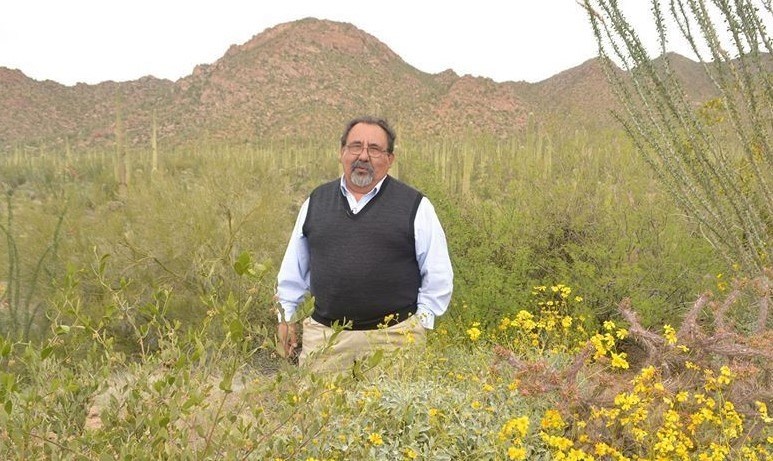
Congressional appropriators attached strings to a $21 million increase in the BLM’s Wild Horse and Burro Program budget after receiving a letter from the powerful House Natural Resources Chair Raul Grijalva and 11 of his House colleagues expressing concerns about the funding. The bipartisan letter, co-signed by Natural Resources Committee’s Subcommittee on National Parks, Forests and Public Lands Chair Deb Haaland (D-NM) and Judiciary Chair Jerold Nadler, among others, raised concerns about the appropriation of funds for a plan that “has never been presented for consideration in the authorizing committees of jurisdiction,” which would “triple the number of horses and burros in holding and could cost taxpayers billions.” In response, appropriators mandated that the additional funding will not become available to the BLM until 60 days after the agency delivers its long-awaited wild horse and burro management report to Congress. This provides the House Natural Resources Committee time to review the plan and take steps to address concerns as necessary. Read more here and here.
6. Congress members step up for wild horses.
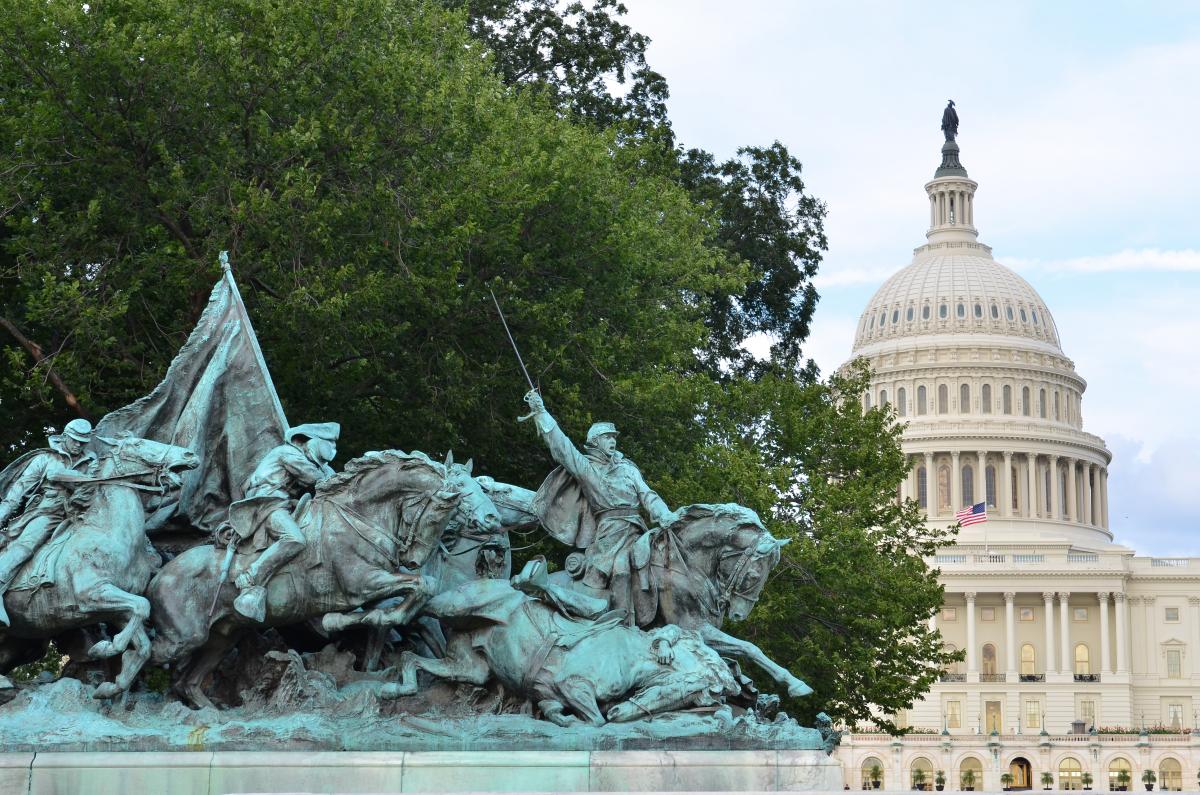
Rep. Grijalva continued to lead efforts to protect wild horses and burros by facilitating a Congressional briefing to counter misinformation that had been conveyed to Congress about a destructive mass roundup plan (See #1 below). Dozens more members of Congress spoke up against the abuse and slaughter of wild horses and burros. Eight U.S. Senators, led by Cory Booker (D-NJ) and Tom Udall (D-NM), and 30 members of the House, led by Congressional Animal Protection Caucus Chair Earl Blumenauer (D-OR), sent letters to Interior Secretary David Bernhardt, urging him to scrap a BLM plan to surgically sterilize wild mares, citing threats to mustang welfare and public opposition. Meanwhile, Rep. Ted Lieu (D-CA) spearheaded a bipartisan letter signed by 64 of his House colleagues calling on the U.S. Forest Service to abandon plans to sell California wild horses for slaughter. (Congress later banned BLM from doing so - see #1 above). Meanwhile, Senator Dianne Feinstein (D-CA), Rep. Grijalva and Rep. Dina Titus (D-NV) requested appropriations language to prohibit the Forest Service from selling wild horses for slaughter and to require BLM to fund humane fertility control programs.
The Worst
1. Livestock industry/animal welfare groups collude on mass mustang removal and warehousing plan.
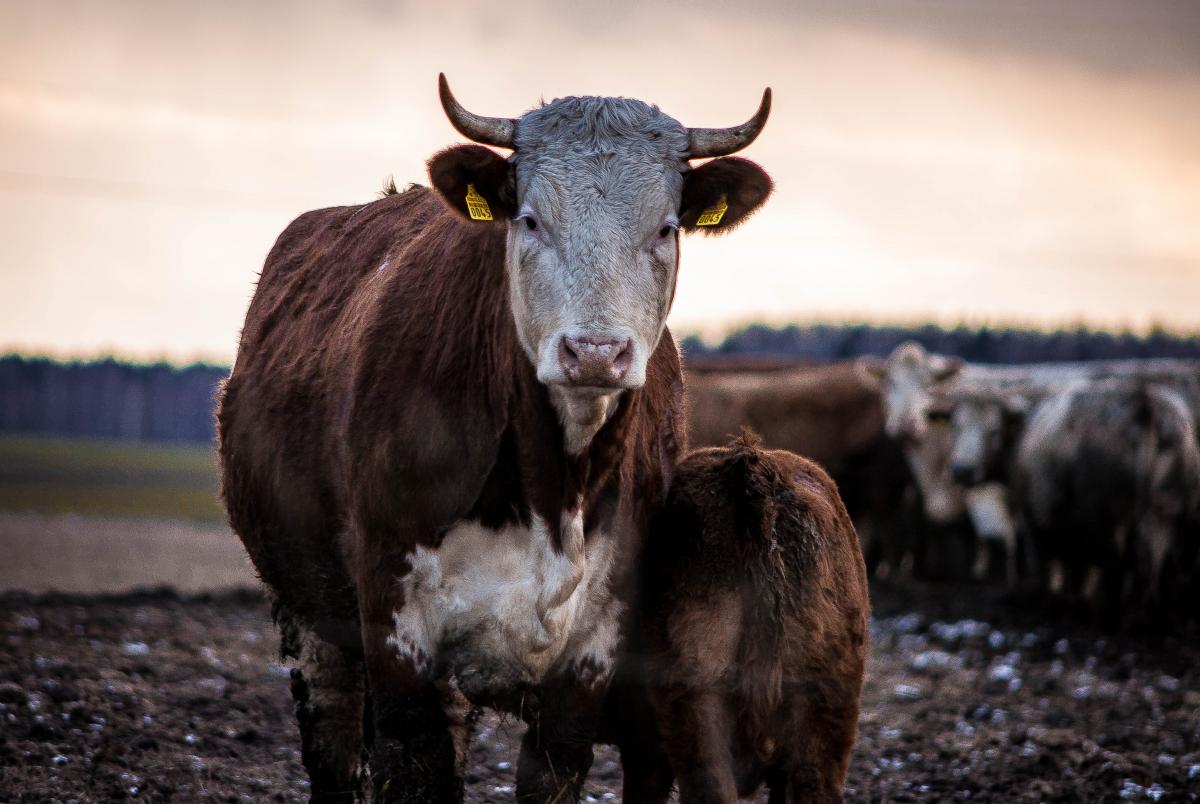
In April, the Humane Society of the U.S., the ASPCA, and Return to Freedom -- groups that profess a commitment to mustang protection -- announced their support for a plan co-endorsed by the National Cattlemen’s Beef Association and other livestock industry lobbyists that would remove 130,000 wild horses and burros from public lands over the next decade. (That’s 45,000 more than exist today!) Worse, the groups lobbied for $50 million this year to begin implementation of the plan. (They secured $21 million, but with strings attached - see #5 above.)
While the plan claims to be non-lethal, its sheer cost makes the prospect of lethal management more likely over the long term. By adopting the cattle industry’s unsubstantiated claims of wild horse overpopulation and endorsing a plan to cull wild populations by 70% to achieve the BLM’s extinction-level population limits (which the National Academy of Sciences has called unscientific and not transparent), the groups have betrayed the cause in a way that has no precedent in the nearly 70-year history of the wild horse and burro protection movement. Read more here and here.
2. New BLM director scapegoats wild horses, seeks to weaken laws protecting them.
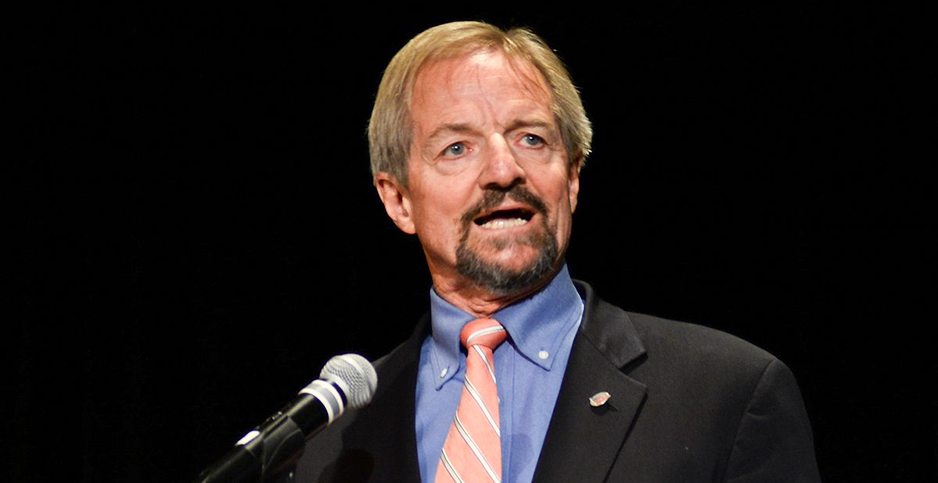
Acting BLM Director William Perry Pendley raised eyebrows in October when he claimed that wild horses were a top existential threat to public lands...even though wild horses are not even present on 88 percent of the land he manages! His statement drew a strong rebuke from environmental groups, 91 of whom have signed a letter calling for his resignation, labeling Pendley as the top threat to public lands due to conflicts of interest from his past work as a lobbyist for the oil/gas, mining and livestock industries and as an attorney who fought for the transfer of public lands to states and their sell-off to industry.
In October, Pendley called the National Environmental Policy Act (NEPA) “a terrible burden” for his agency. During his tenure, BLM has sidestepped NEPA requirements for public notice and disclosure, flaunted the Freedom of Information Act (FOIA) by delaying and failing to respond to requests, and has begun a rulemaking process to codify the agency’s ability to surgically sterilize wild horses and burros and to sell them without limitation, allowing them to be purchased for slaughter. Read more here.
3. New BLM program accelerates wild horse and burro adoptions and sales, raising welfare concerns.
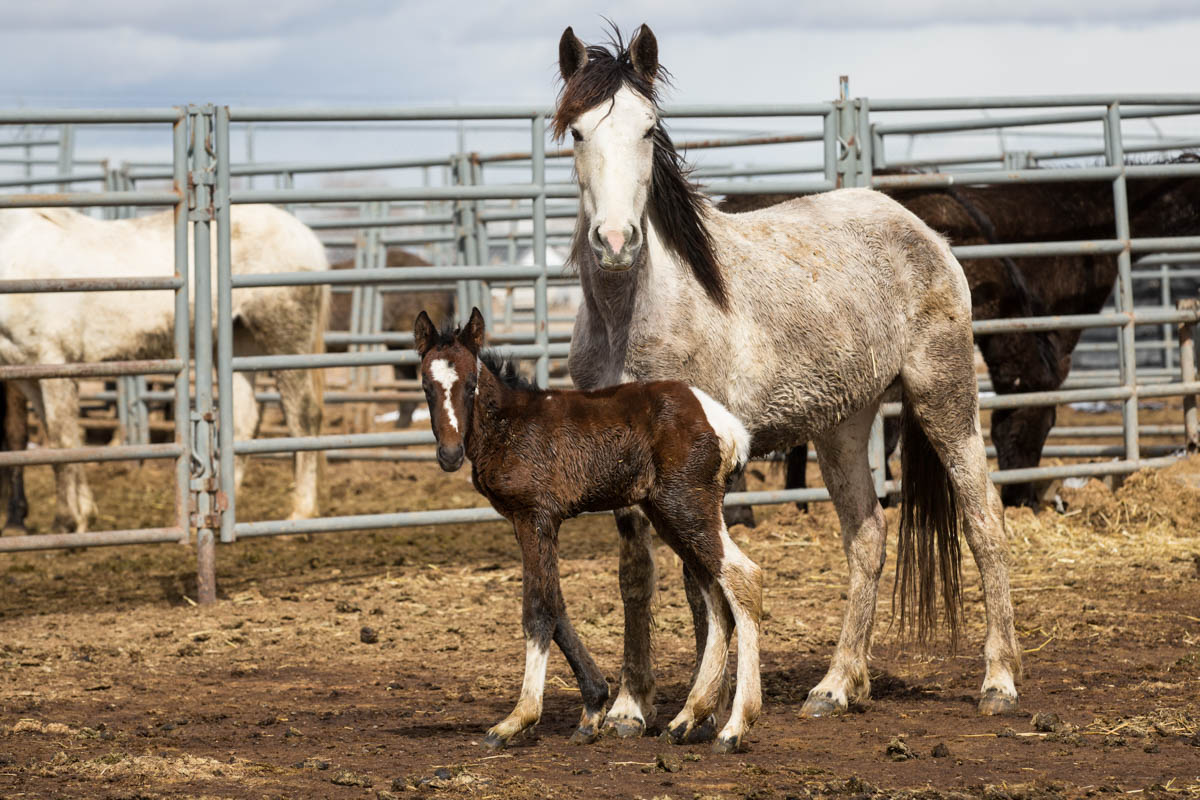
In a misguided attempt to empty its holding corrals, BLM began paying adopters $1,000 to adopt an untrained wild horse or burro -- the first $500 paid at the time of adoption, the second $500 after the adopter receives title to the animal after a year. At the same time, the BLM has ramped up its Sale Authority program by offering all horses and burros 10 years and older as well as younger ones who have been passed over for adoption three times for only $25, with ownership transferring immediately to the buyer. To accelerate the process of making younger animals “sale authority,” the BLM has been offering them through its on-line “corral,” which is cheaper and quicker than hosting on-site satellite adoption events.
These tactics appear to have boosted adoptions and sale; however, there’s concern that the $1,000 incentive is attracting unqualified adopters and will lead to high rates of relinquishment. Even BLM Oregon wild horse specialist Rob Sharp shares this concern: “Time will tell if we see a surge in compliance issues with animals as a result of people only seeing the initial cash payment and not thinking about the lifetime costs associated with owning a horse and the adoption of animals to people who have no business owning a horse!”
4. Increasing number of BLM wild horses and burros end up in kill pens.
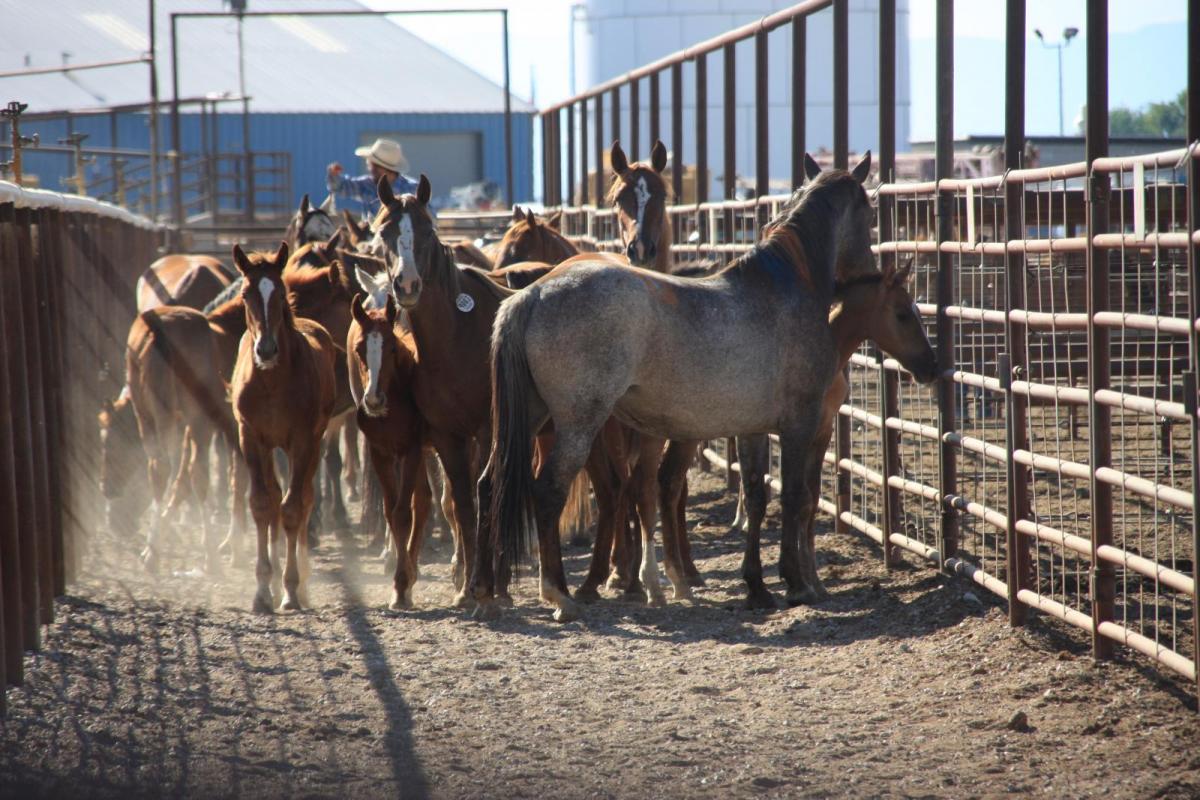
The uptick in sales of wild horses and burros in 2019 to 1,967 from 1,451 the year before has corresponded to more of these animals appearing in kill pens enroute to slaughter. BLM does not track the wild horses and burros ending up in kill pens across the country, but rescue groups have reported a strong uptick in their numbers. While the animals vary in age and training, many are young, including yearlings and two-year-olds, and unhandled. Some were rounded up less than a year before being sold at auctions or directly to kill pens that ship to Mexico and Canada for slaughter. There’s a good chance that the BLM’s eagerness to empty its pens by selling horses or burros for $25 with immediate transfer of ownership -- as well as its lack of oversight -- is driving the higher numbers. One of the most notorious situations involved four horses who were bought under sales authority at a BLM event in Ocala, FL in January and appeared at a kill pen just nine days later. In another case, several young mustangs went from capture from the wild, to a BLM holding facility, to an Oklahoma kill pen in a matter of months -- with their BLM ID tags still around their necks.
5. BLM roundup abuses pile up as famous wild horse herds lose their freedom.
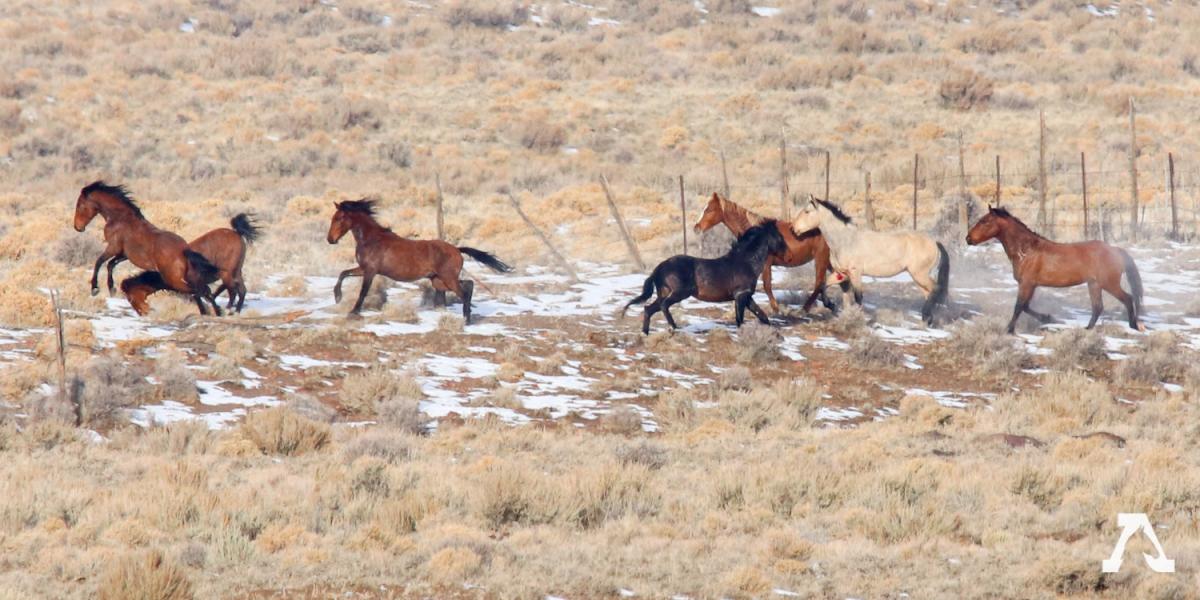
BLM roundups targeted wild horses in more than two dozen Herd Management Areas in 2019, including high profile herds in Utah’s Onaqui Mountains and in the Fish Springs area near Gardnerville, Nevada. The roundups resulted in the loss of freedom for several well known and loved wild horse bands with international social media followings. Read more about the Fish Springs horse removal here and the Onaqui horse roundup here.
Roundup abuses continued in 2019. In searing Nevada summer heat, BLM helicopter contractors again ran foals to their deaths, repeating the scenario that happened the previous year in Wyoming’s Red Desert when several foals died from capture shock. Worse, the BLM appears to have ignored recommendations from the veterinarian who performed autopsies on the dead foals to “assess rate and distance animals are driven toward the trap” and “focus capture operations on the coolest part of the day.” Also in Nevada at a roundup in early December, the BLM declined requests by public observers to avoid running horses in areas of barbed wire. As a result, horses were stampeded into barbed wire fencing and sustained injuries. In 2018, AWHC documented the same occurrence at a roundup in Utah and requested that the agency add avoiding and/or flagging barbed wire as part of its Comprehensive Animal Welfare Program requirements for roundup operations.
6. BLM again fails to utilize humane management tools.
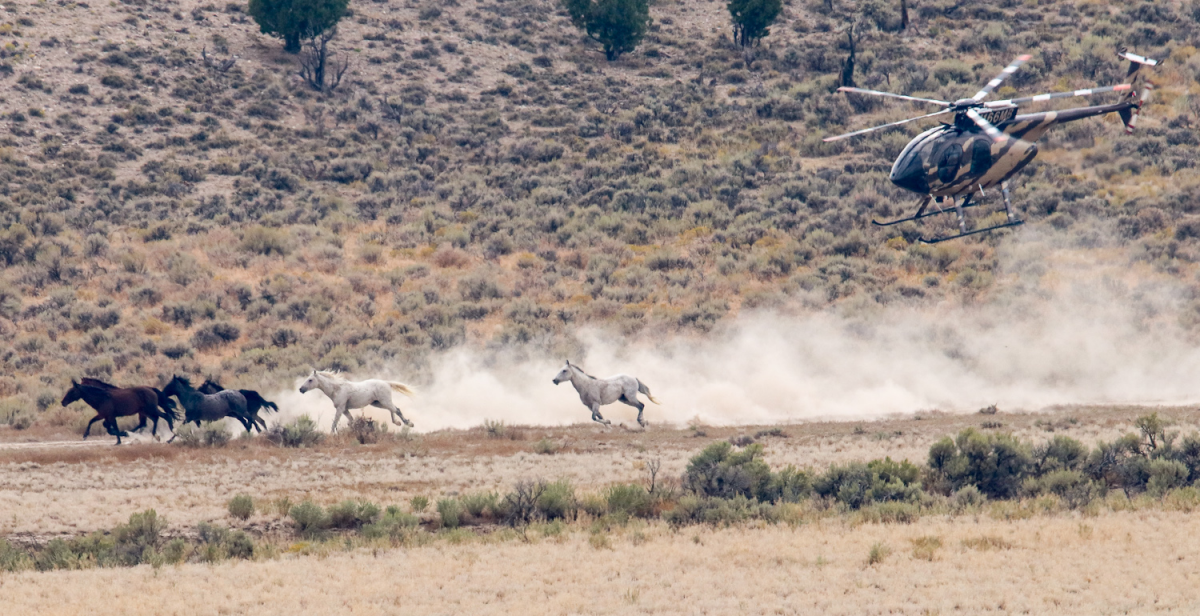
Although the humane PZP fertility control vaccine has been available for use in wild horses for more than three decades, BLM has repeatedly failed to use it, despite scientific findings that it is a viable tool for reducing population growth rates in wild herds. For BLM, 2019 continued that trend, with the agency again failing to utilize fertility control as a humane and cost-effective alternative to removals of wild horses and burros from the range. According to BLM statistics for 2019, the PZP vaccine was used in just nine percent of BLM Herd Management Areas, and fertility control treatments were delivered to only 800 mares. Most of these fertility control programs are implemented and paid for by private community groups, not BLM. In October, a BLM Oregon wild horse and burro specialist told the Southeast Oregon Resource Advisory Council that she was pursuing private funding to continue PZP programs she had implemented for herds in her area instead of waiting for and relying on the agency to fund these programs itself.
What’s on deck for America’s wild horses in 2020?
The New Year promises to be a fraught with danger, from accelerated roundups to agency efforts to legalize cruel sterilization surgeries and loosen sale requirements. For AWHC, this means getting bigger and stronger as we continue to harness the power of the people to save our iconic mustangs and burros on our Western public lands.


